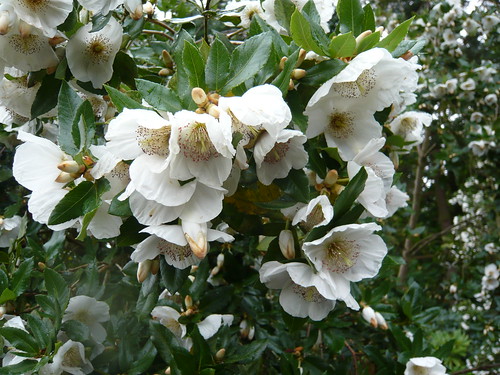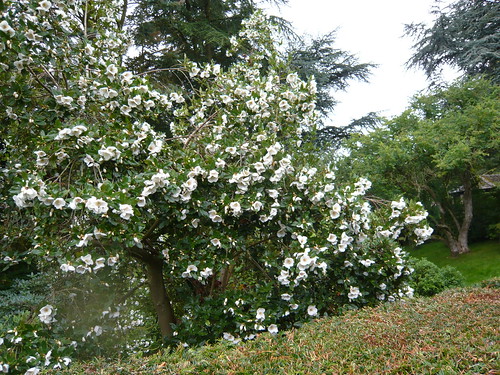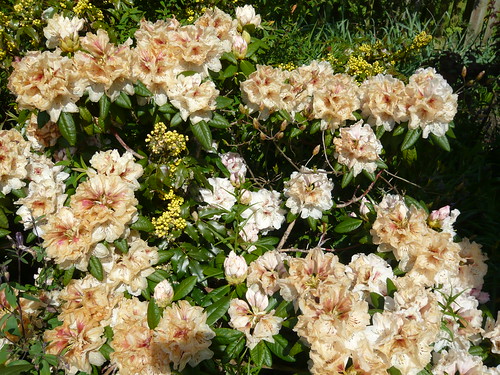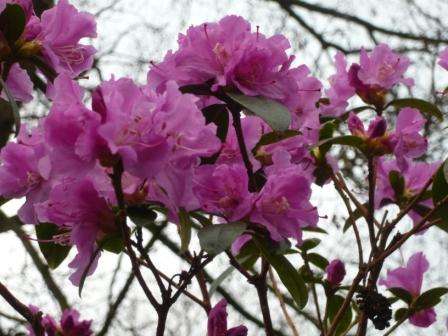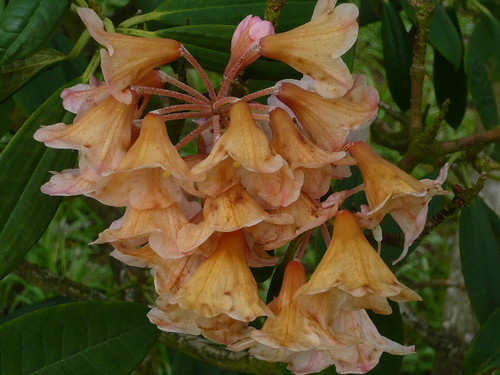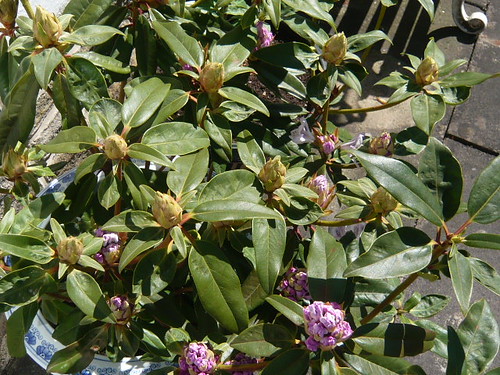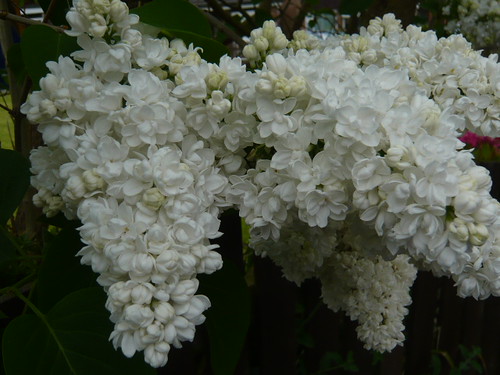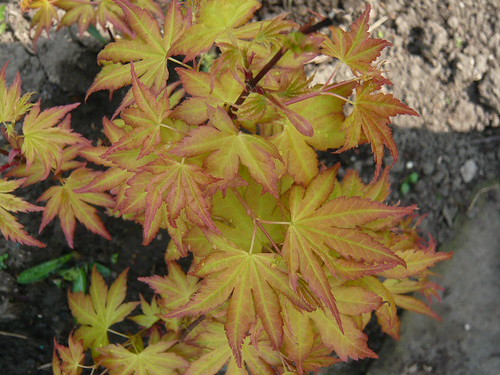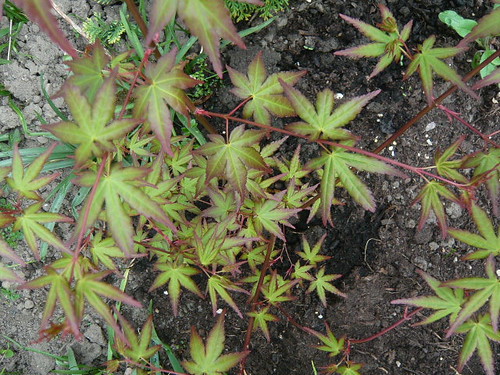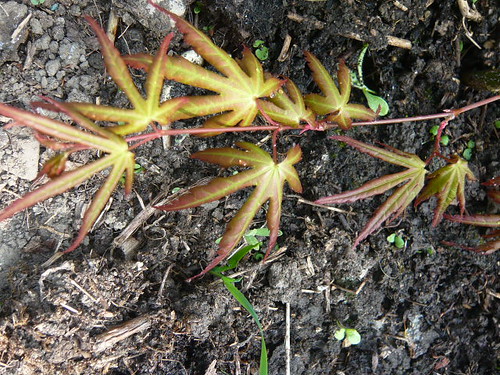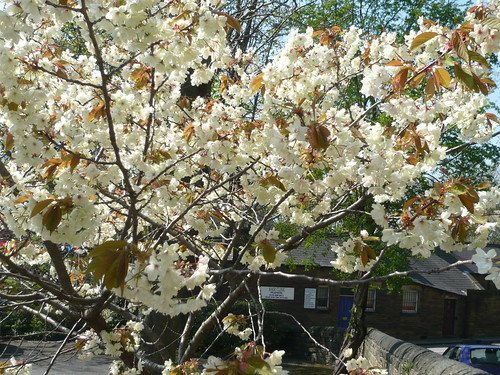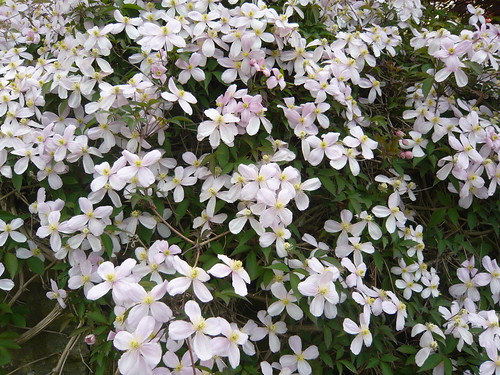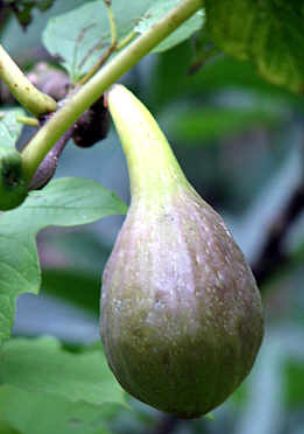Growing ‘Just Joey’ Hybrid Tea Roses
I love the formal Hybrid Tea Roses like ‘Just Joey‘.
Just Joey is a hybrid, bred from Fragrant Cloud and Dr A J Verhage. These parents gave the rose glossy green leaves and very fragrant, orange blooms.
Blooms arrive in flushes throughout the season each having 30 petals so they have an open appearance.
Growing Tips
- Remove old canes, dead or diseased wood and canes that cross, in spring.
- Cut back the remaining stems by about one-third or a half.
- As with all HTÂ roses give them a good feed in spring then every 6 weeks and mulch to keep in moisture.
- When buying a bare rooted or container plant look for at least 3 strong stems.
- Soak in water before planting.
- Just Joey may occasional repeat flower later in the season but is a slow starter in very cold spring weather.
Description of Just Joey
- Rather a sprawling bush with grey green foliage. Grows 2’6″ tall and 2′ wide. …


